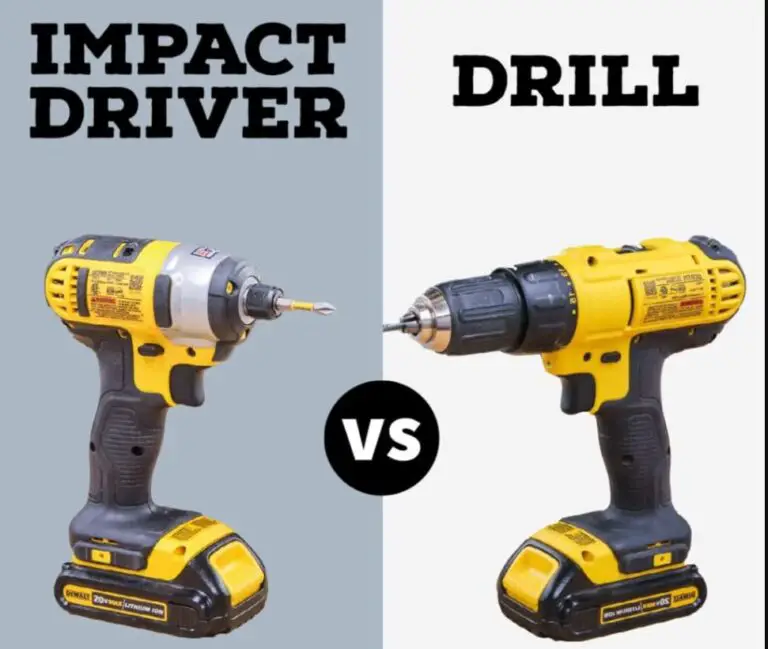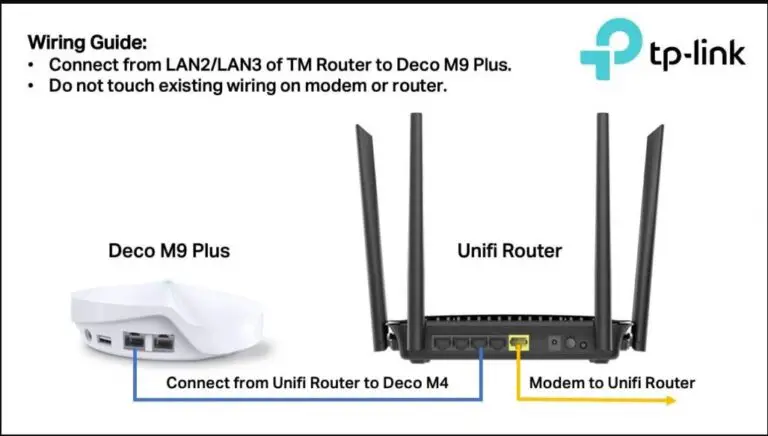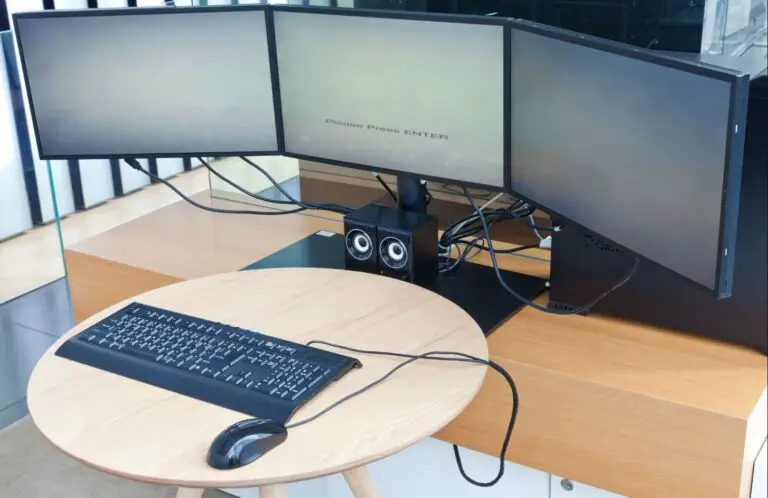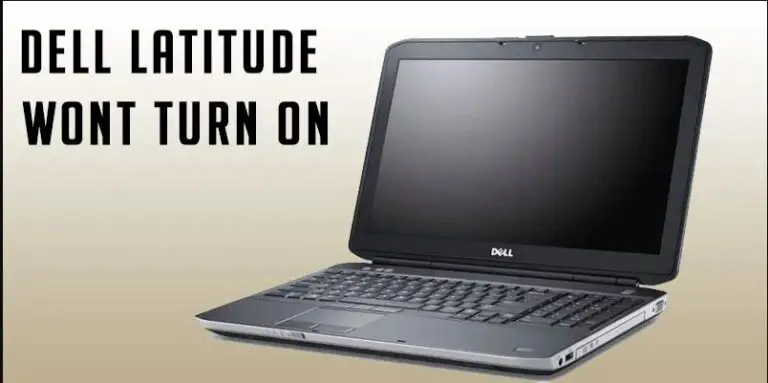Underground Welding | Types, and Procedure
Introduction
The word ‘underwater welding’ comes as a surprise to many. This is due to the fact that welding requires electricity, and water does not mix well with electricity. Water and electricity, in fact, are detrimental to life., Underwater welding, on the other hand, is a legitimate occupation for professional divers.
Underwater welding was invented in 1932 by a Russian metallurgist (Konstantin Khrenov). Hyperbaric welding is another name for underwater welding. It is the process of underwater welding at high pressure.
It is referred to as “hyperbaric welding” when employed in a dry atmosphere. And “underwater welding” in a damp environment.
When a high-quality weld is required, dry welding is utilized instead of welding with wet water. Because of the improved control that may be achieved through the use of before and after weld heat treatment.
As a result, dry hyperbaric welding is employed when a very high-quality weld is required. Dry hyperbaric welding at depths of 1,000 meters is being researched (3,300 feet). Assuring the integrity of underwater welds can be difficult in general. (However, it is possible to use other non-destructive testing applications).
They are mostly used for wet underwater welding.
Types of Underwater Welding
There are mainly two types of welding performed underwater:
Wet Welding
This procedure is carried out underwater. This requires the use of especially specialized welding rods and the same method as regular welding.
Wet underwater welding exposes the diver and the electrode to the water and the elements. Divers charge their electrodes with 300-400 amps of direct current and weld with various types of arc welding.
Because of hydrogen cracking, the method is typically limited to low-carbon equivalent thefts, particularly at higher depths. Wet welding is performed using the same equipment as dry welding, except that the electrode holders are intended to cool the water and are more insulating.
Advantages of wet welding:
- The wet welding process is faster and cheaper.
- There is no habitat.
- high tensile strength.
- Ease of access to weld spots.
Dry Welding or Hyperbaric Welding


Hyperbaric welding is the procedure of sealing a chamber around the structure to be welded. It is then filled with a gas (typically a helium-oxygen combination or argon), which drives water beyond the hyperbaric area.
This enables the weld to be performed in a dry environment.
Advantages of dry welding:
- It has high-quality welding.
- It has welder or diver safety.
- Dry welding has non-destructive welding.
- It has surface monitoring.
What Is The Procedure Of Underwater Welding?
There are several methods for performing underwater welding. The procedure to be used is determined by the type of welding required, the welder’s skills, and the welding budget. Here are the many underwater welding processes.
Wet Welding
1. Stick Welding


WELDING WITH STICKS
It is the most often used wet welding process because it is both cost-effective and adaptable. Using a power supply, an electric arc is formed between the consumable electrode and the structure to be welded. The filler material melts and deposits on the repaired joint or region. For the process to be of excellent quality, the surfaces must be clean.
Welders confirm safety rules before beginning the process. For the entire procedure to work, a layer of gaseous bubbles is formed, and thus no one is electrocuted. Bubbles can reduce sight, but this is where the welder’s abilities and expertise come into play. Direct current is utilized instead of alternating current.
Flux-Core Arc Welding
WELDING WITH FLUX-CORE ARC
Flux-core arc welding is the best method for depositing metal alloys as filler material on the junction. This is due to the electrode containing filler material containing flux for improved welding results. For precise deposition, the electrode is in the form of wires.
Friction Welding


WELDING BY FRICTION
Instead of melting the filler material, heat and friction are used to deposit it on the joint in this approach.
In comparison to flux-core arc and stick welding, this requires a lot of manual labor in damp situations.
Dry Welding
Habitat Welding
Welding is done in a small chamber called a habitat in this technique. The environment is safe, and it minimizes the likelihood of gas-induced inflammation. The approach is extensively used on oil rigs where the air is breathable. Because the pressure inside the chamber is higher than the pressure outside, the gases escape.
Pressure Welding
Workpieces are connected under great pressure in this technique. Pressure welding entails numerous steps, but the high-pressure atmosphere remains constant throughout. Solid-state welding, explosive welding, friction welding, gas pressure welding, and ultrasonic welding are the many techniques.
Friction welding is the most popular and cost-effective method. The welding will be of satisfactory quality. A revolving tool is used to create friction throughout the process, and the joint parts are welded under force.
Dry Chamber Welding
A tiny chamber is employed in this operation, into which the welder must enter with his upper body. The chamber generates a dry environment, and the welder utilities consumable electrodes in it. Flux-cored arc welding is used to join various work pieces.
Gas Tungsten Arc Welding


WELDING WITH GAS TUNGSTEN ARC
This is a very popular and effective welding method. It operates at high temperatures and employs a tungsten electrode. An electric arc is used in the procedure, and a filler substance is used as a wire.
When the alloy is utilized, molten metal is poured into the workpieces, and the metal works well.
However, the welder must be quite skillful. The process is known as TIG, while another method is known as gas metal arc welding or MIG. To deposit filler, a welding gun is used in MIG. To improve deposition, a shielding gas is used. For any welder, MIG is simpler than TIG.
Plasma Arc Welding
This method is comparable to TIG. An electric arc is formed between the electrode and the workpiece.
The distinction is that in plasma arc welding, the electrode is placed within the torch body, but in gas tungsten arc welding, it remains outside.
The method can also be applied to wet welding, where a hyperbaric chamber is employed for shielding and safety. The chamber is filled with breathable gases, and the diver must enter it to complete the welding procedure.
What Are The Dangers Associated With Underwater Welding?
We have already explained that underwater welding is extremely dangerous. However, there are some such professions where the danger is as significant as the gain. When comparing underwater welding to ordinary dry welding, the risk is very considerable. Here are some of the risks associated with underwater welding that you should be aware of.
Drowning
When a diver goes thus deep underwater, there is a substantial risk of drowning if any of his or her equipment fails. In such an exceptional event, backup equipment is needed.
Combustion
Underwater welding involves the use of combustible gases such as oxygen. Any mismanagement or error can result in a life-threatening explosion. To avoid such instances, proper ventilation is essential.
Electrocution
Because underwater welding involves a high amount of electricity, the most serious risk is electrocution. All equipment must be watertight.
Aside from these, due to the high-pressure environment, lung injury is common if the diver overworks. Diver’s sickness is another prevalent health problem that can be fatal as a result of gas consumption.
Conclusion:
Although it appears to be impossible, underwater welding is extremely prevalent. It is a well-paid professional job with equally rewarding hazards. We have covered the many types and ways of underwater welding. Furthermore, we have discussed the risks of underwater welding that you should be aware of.







